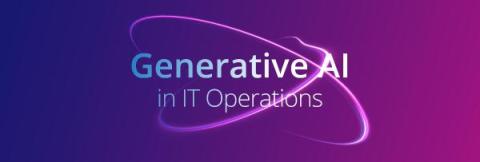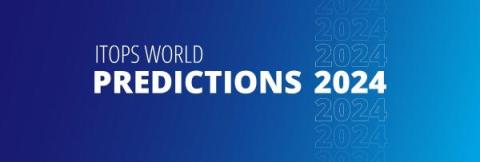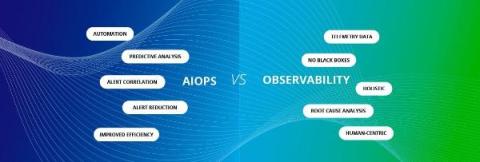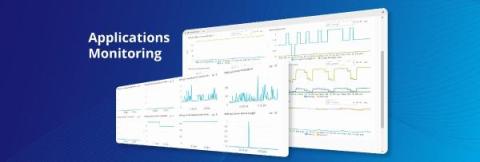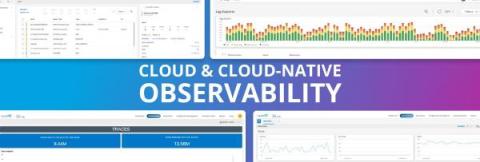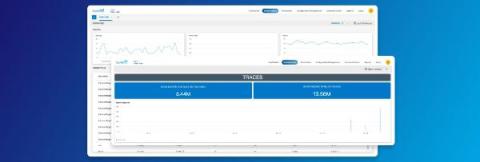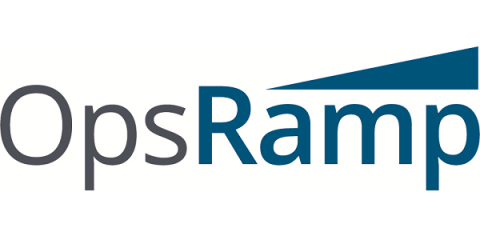Operations | Monitoring | ITSM | DevOps | Cloud
OpsRamp
What Will 2024 Bring to the ITOps World? OpsRamp's Technology Leaders Make Their Predictions
The ITOM'ologist's Corner: OpsRamp to ServiceNow CMDB Integration
This recurring blog will look at specific ITOM technologies within the OpsRamp solution and general ITOM challenges. Got an idea for this blog or want to learn more about ITOM at OpsRamp?
Network Observability 101: A Primer
In today's digital-first landscape, maintaining the health and performance of your network is critical for the seamless operation of your business and its services. To that end, network observability has emerged as a key concept and discipline in ensuring the robustness and performance of networks. But what is network observability?
What's the Difference between AIOps and Observability?
In the ever-evolving world of IT, keeping an eye on application, service and system performance and addressing issues in real-time is crucial both to an organization’s customer experience, as well as its overall success. Two terms and approaches that have gained significant attention in recent years are AIOps and observability. While they both relate to improving IT monitoring and management, they serve distinct roles in enhancing operational efficiency.
How OpsRamp Can Monitor Your Enterprise Applications
Application tracing may be getting all the hype these days and rightfully so, as monolithic Java and.Net applications give way to microservices-based applications in modern IT environments. Distributed tracing provides visibility into the flow of requests between the microservices that make up these applications, helping you to spot performance and network connectivity issues.
Demystifying Cloud and Cloud-Native Observability
In the ever-evolving and fast-changing landscape of cloud computing and modern software development, achieving 360-degree visibility into your critical business services, applications and infrastructure is essential. This is where observability comes into play. Observability, especially in a cloud-based or cloud-native environment, has become a critical aspect of maintaining and optimizing complex systems and services.
How OpsRamp Closes the Complexity Gap with Distributed Tracing
As distributed, interconnected microservices have replaced monolithic applications, application monitoring has had to evolve to support these modern, complex architectures. Rather than monitoring a single application and code base, organizations need to monitor the performance and network connectivity of multiple services that interact with each other.
How to Improve Your Operating Margin with a Modern ITOM Solution
Use SaaS-based tools to improve margins, get a "single pane of glass" view for more accurate IT management data. A version of this blog first appeared on Channel Futures A couple of decades ago I sat down with my manager to consider how to improve the project’s operating margins.
When Depth and Breadth Meets Technology Innovation
The combination of Hewlett Packard Enterprise and OpsRamp is helping organizations to manage and transform their multi-vendor and multi-cloud IT estates with AI-driven operations, improving the performance and reliability of those environments while reducing complexity and technical debt.


